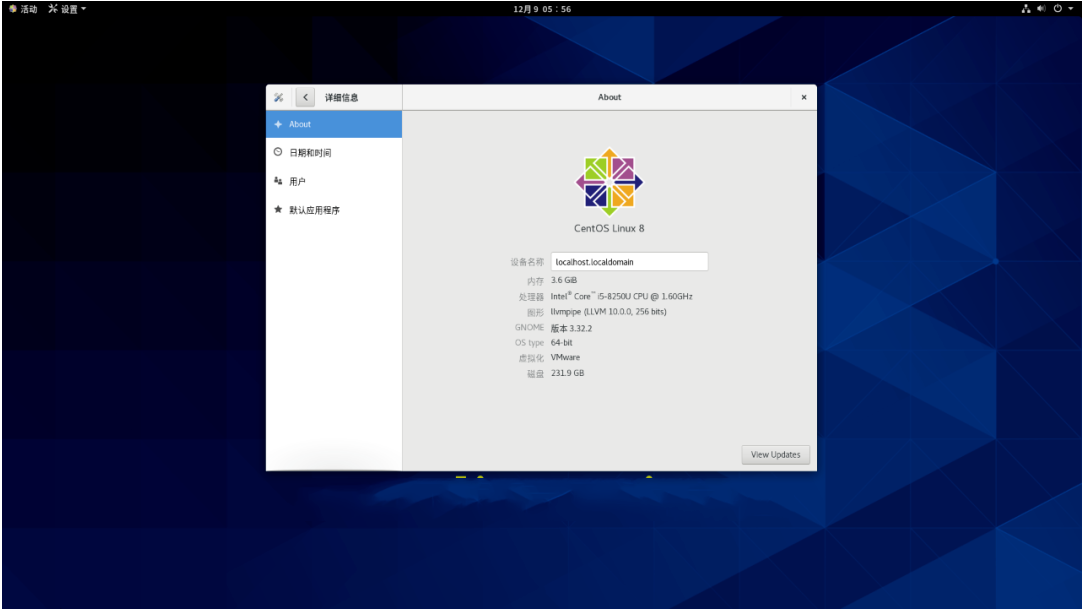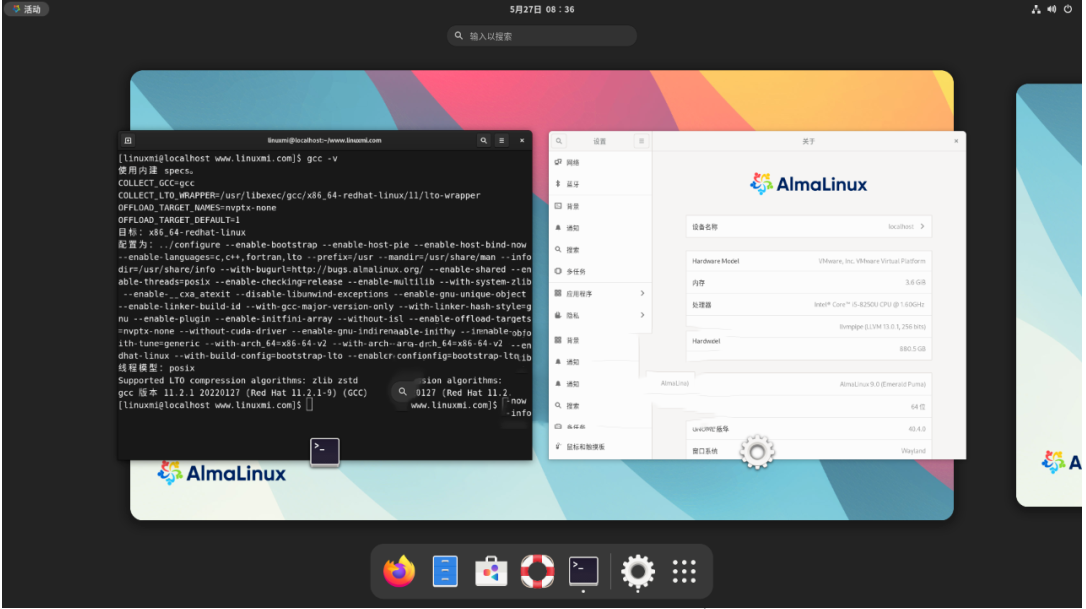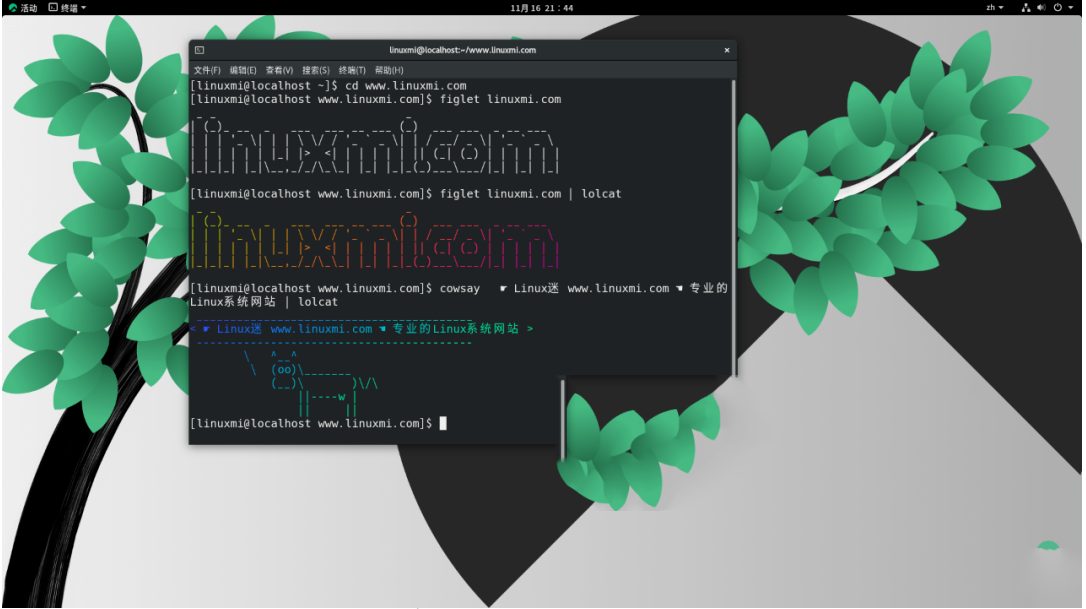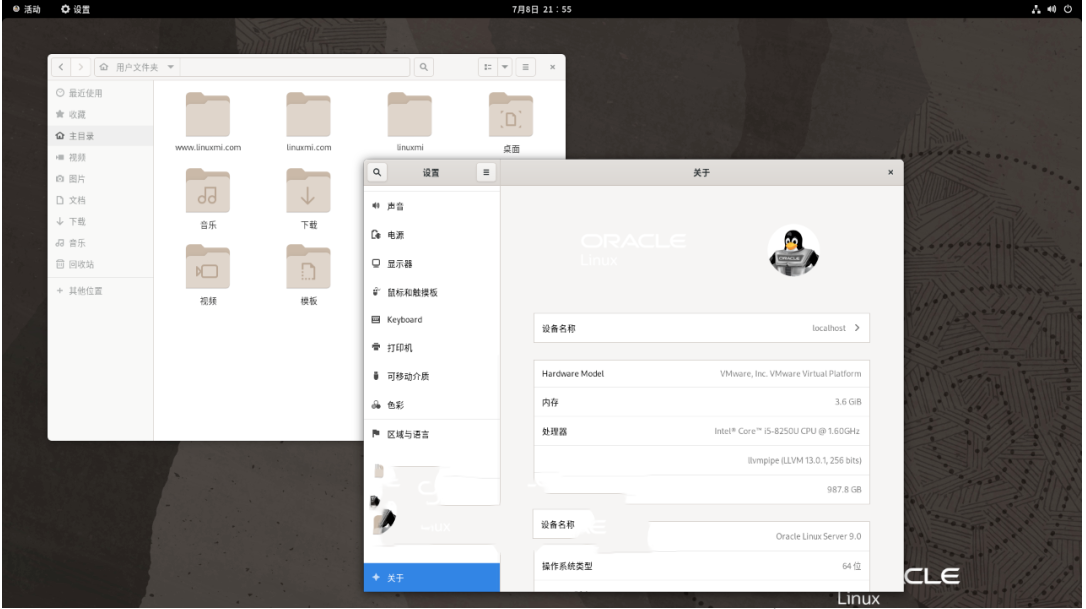
AlmaLinux is an enterprise-level Linux distribution built on RHEL. Here are some reasons to choose AlmaLinux as a CentOS alternative.
CentOS will expire in June 2024. As of 2022, it powers numerous servers around the world, and in fact, it became one of the most popular Linux server distributions back in 2010. CentOS was based on Red Hat Enterprise Linux (RHEL), then a trusted Linux operating system powering enterprise desktops and servers.
CentOS end-of-life news has attracted widespread attention. Organizations and administrators using this operating system are considering how to migrate their servers and IT infrastructure from CentOS. Changing server software on a large scale is a daunting task.

CentOS released its first version in 2004 and was based on Red Hat Enterprise Linux (RHEL). Ten years later, in 2014, Red Hat acquired CentOS with the promise that the community attributes would be preserved and Red Hat would provide technical and financial support. But this acquisition should set off alarm bells.
In 2019, in order to accelerate its cloud business, IBM acquired Red Hat, and subsequently, its CentOS strategy also changed. Current CentOS is no longer a direct copy of RHEL, but an upstream. This is a proving ground for RHEL, just like Fedora. Additionally, the new operating system is now called CentOS Stream.
Upstream Linux distributions tend to contain the latest and greatest features and have shorter release cycles. However, they lack the level of stability required for servers or enterprises, which is where AlmaLinux comes in.
Why choose AlmaLinux?

AlmaLinux is now very similar to what CentOS used to be. It is a stable and reliable operating system that is 1:1 binary compatible with RHEL. Simply put, it is similar to the current stable version of RHEL.
AlmaLinux is not only a solid alternative to CentOS, but also a good alternative to RHEL. You get an enterprise-grade operating system without the service fees associated with RHEL. This is a robust and well-tested operating system.
AlmaLinux is definitely a good choice for businesses and individuals who are looking for a CentOS alternative.
1. Solid and solid financial support
Although AlmaLinux is distributed free of charge, significant financial resources are required to develop the software, let alone the operating system. You need to pay software developers, system administrators, and other administrative logistics.
Fortunately, AlmaLinux is well funded and supported. Some of the top companies supporting AlmaLinux include Amazon, Microsoft, CloudLinux, Equinix, AMD, and others. Sustaining open source software like AlmaLinux over the long term requires solid financial support. AlmaLinux enjoys strong support from cloud service providers as it offers them a good opportunity to easily migrate from CentOS.
In addition to funding, AlmaLinux has a large community of developers, testers, and enthusiasts who contribute to the development and success of the operating system.
2. Seamless migration from CentOS
You can easily migrate your current CentOS and RHEL servers to AlmaLinux. The AlmaLinux community developed AlmaLinux -deploy, a migration tool that helps system administrators convert their current CentOS installations to AlmaLinux.
AlmaLinux -deploy allows you to easily migrate your entire operating system (including software and configuration) from CentOS or RHEL to AlmaLinux. The entire migration process only requires two server restarts.
For organizations running hundreds of servers on CentOS, being able to easily migrate to AlmaLinux with minimal downtime is critical to business continuity.
3. Support server and desktop version
AlmaLinux is available in desktop and server versions. This allows organizations to develop and test software on top of similar operating systems powering their servers.
Additionally, systems administration and other IT management decisions will be much easier if the majority of the enterprise uses the same operating system.
If you have ever used RHEL or CentOS, you will immediately recognize their similarities to the AlmaLinux desktop. And you won’t feel weird using it.
4. Support large-scale cloud infrastructure
Although AlmaLinux is relatively new, it is already powering large cloud infrastructure and data centers around the world. It is widely used in CloudLinux and other government agencies. You can also launch AlmaLinux virtual machines on cloud services such as Azure and AWS.
Compared to other RHEL derivatives, AlmaLinux is gaining widespread use and popularity.
Other CentOS alternatives worth considering
Another great CentOS alternative is Rocky Linux. It is also based on RHEL and is very similar to AlmaLinux. Rocky Linux is a CentOS distribution created by CentOS co-founder Gregory Kurtzer after Red Hat announced that it would abandon CentOS Linux. It aims to inherit the community attributes of CentOS. Other early CentOS contributors are also actively involved in the development of Rocky Linux.

Just like AlmaLinux, Rocky Linux also provides a migration tool migrate2rocky to help you migrate from CentOS and other RHEL derivatives. AlmaLinux has slightly more sponsors than Rocky Linux, and according to DistroWatch, AlmaLinux is more popular than Rocky Linux as of 2022.
Oracle Linux has been in development since 2006 and is also a binary version compatible with RHEL. Finally, you can also migrate to RHEL itself. While there is a fee to use it, you get much-needed service support when transitioning from CentOS.

Migrating from CentOS to AlmaLinux is easy
AlmaLinux is definitely a good alternative to CentOS and is binary compatible with RHEL. If you are planning to move to AlmaLinux or Rocky Linux, you should probably consider installing it on a virtual machine to see how it works. Additionally, you should test the migration tool in a simulated environment and then use it on a live server.
The above is the detailed content of Which Linux is the better CentOS alternative?. For more information, please follow other related articles on the PHP Chinese website!




